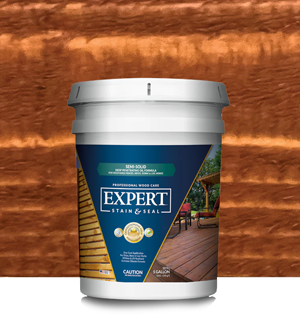Revolutionize Your Fence Building with the Equalizer: Achieve Perfect Post Spacing Every Time
The Challenge of Evenly Spaced Fence Posts
Building a fence can be a daunting task, especially when it comes to ensuring that the posts are evenly spaced. Uneven spacing can lead to a fence that looks unprofessional and may compromise its structural integrity. However, there is a solution to this problem - the Equalizer.
The Equalizer: A Revolutionary Solution
The Equalizer is an innovative tool designed to make fence building a breeze. With its unique features, it helps to equalize the spacing between posts, resulting in a fence that is not only visually appealing but also strong and sturdy. The tool comes with an offset cable that allows for easy setup of the fence line, ensuring that the posts are placed at the correct intervals.
One of the standout features of the Equalizer is its indicators. These indicators can be adjusted to the desired spacing between posts, making it easy to achieve consistency throughout the fence line. By simply aligning the indicator with the previous post, you can ensure that each subsequent post is placed at the correct distance.
Gate Spacer Cables: Perfectly Placed Gates
But that's not all - the Equalizer now comes with gate spacer cables, further enhancing its functionality. Installing gates in a fence line can be a tricky task, as getting the spacing right is crucial for easy opening and closing. The gate spacer cables take the guesswork out of this process by providing a clear guide for gate placement. Simply attach the gate spacer cables to the Equalizer and position them accordingly. This will ensure that your gates are seamlessly integrated into the fence line.

Ease of Use for Professionals and DIY Enthusiasts
The Equalizer is not only effective but also incredibly easy to use. Whether you are a seasoned contractor or a DIY enthusiast, this tool will save you time and effort in building fences. No more measuring and remeasuring - the Equalizer does all the work for you. The offset cable and gate spacer cables eliminate the need for manual calculations, providing accurate spacing every time.
By investing in the Equalizer, you can feel confident in the quality of your fence. Whether it's for a residential or commercial property, a well-built fence adds value and security. With the Equalizer, you can achieve a professional finish without the hassle.
Building Fences Made Easy with the Equalizer
In conclusion, the Equalizer is a game-changer in fence building. Its ability to equalize post spacing, combined with its new gate spacer cables, makes it an invaluable tool for anyone undertaking a fencing project. Say goodbye to uneven fences and hello to a beautiful, structurally sound boundary. With the Equalizer, building a fence has never been easier.
Call us - 888-289-5617
At Fence Armor® we are here to help ensure a smooth fence installation. Call us today for all your fence post protection needs.















